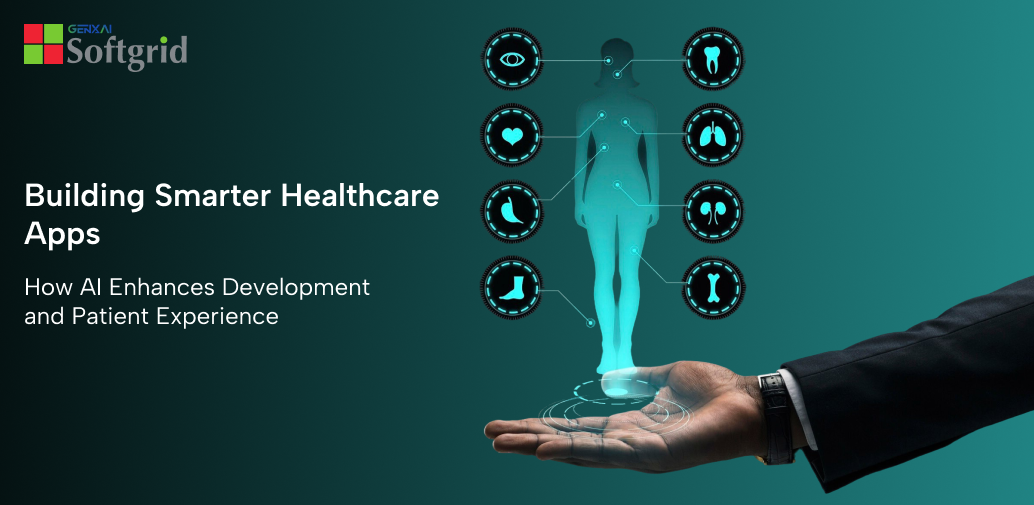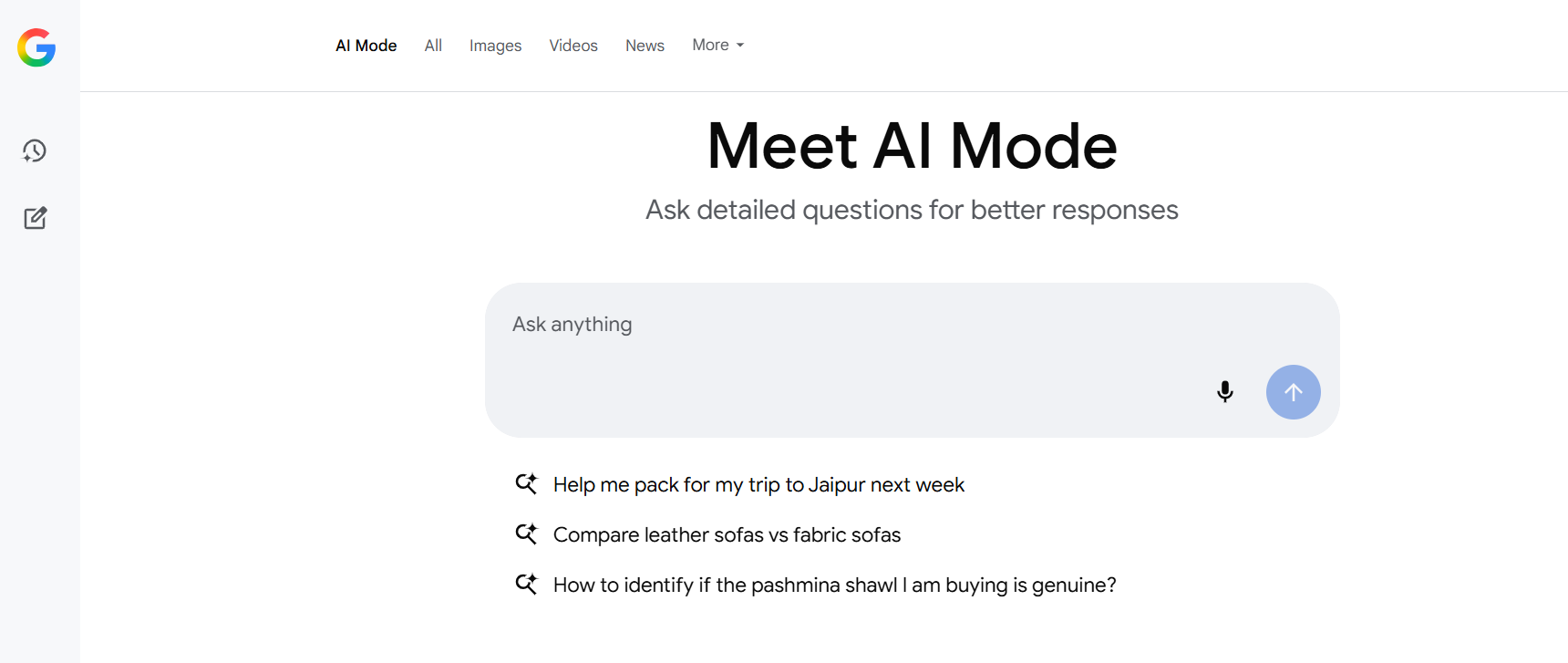Have you ever wondered how lab results and orders are communicated across diverse healthcare settings?
How do these healthcare systems manage to work in a streamlined manner, effectively with so many physicians, tests, diagnoses, and treatments?
The answer to the above questions lies within the Terminology Standards practiced by the health systems.
The recent pandemic had kept the management and standards promised by healthcare systems on the bay. Major reason behind this was the frequent alterations in patients’ conditions and symptoms getting exposed to COVID-19. They witnessed rapidly changing signs and symptoms that required frequent tracking with laboratory testing.
Now, when a patient begins with his/her treatment journey, they go through a cycle of primary physician diagnosis, followed by numerous tests at lab centers or diagnostic centers. Post which they’re either recommended to become inpatient or prefer home quarantine centers.
These tests’ reports comprise respective laboratory information, which is saved on electronic health records and shared as hard copies (at most places) for patients and doctors reference. These reports follow standard code rules and regulations to make it understandable for the community of healthcare workers.
The clinical database of patients consists of the following:
- Vital Signs
- Symptoms
- Diagnostic Information
- Fundamental or Significant Diagnosis
- Observational data findings
- Prescription Details, and much more.
The data collected during the diagnostic process is turned into useful information for healthcare professionals ONLY when the system leverages the right terminology standards.
All You Must-Know About Terminologies Used In Healthcare Systems
If till now you haven’t understood why you might use terminology services, let us make it crystal clear for you; with an easy definition.
The terminology services effectively assist two health systems in sharing information within them, making it easy and useful for practitioners and patients alike to get an overview of the care journey.
In layman terms, Terminologies Standards are the language in which computer systems can communicate the laboratory reports, physicians’ notes, and their observations with each other.
Well, that was probably the best possible way to explain what terminology standards are in health systems. Let’s now take an example to get a better idea of it.
The FHIR API standards or HL7 2.x are the most frequently preferred and used messengers that help in delivering the language from one healthcare system to another. One of the most common instances can be the way different clinicians would write COVID-19. They would follow a specific pattern to address the patient being diagnosed as positive for COVID-19.
These specific terminologies would help the software and practitioners quickly understand and transmit information across the systems and channels, helping everyone understand the patient’s condition effectively.
Technology integrations within healthcare systems have led to proper channelizing of standard terminologies practiced by clinicians and laboratories to communicate patient-related information across different healthcare facilities or care settings.
Here are two of the most standard terminology standards:
- SNOMED-CT, these are codes used for results or diagnostic answers, e.g. invalid, unsatisfactory evaluation, positive, or negative.
- LOINC codes, on the other hand, are used to answer the questions related to any viral test specimen, e.g. SARS-Coronavirus-2 RNA [Presence] in the respiratory specimen by NAA with probe detection.
Note: SNOMED-CT is also used to code specimen types such as plasma, serum, and nasopharyngeal swabs.
When the COVID-19 hit, One of the Institutes released new LOINC codes in the wake of the global pandemic. They were introduced to properly manage and share the details on the findings and diagnoses.
What is an ‘Observation resource’ in HL7 FHIR?
Healthcare systems are built to link the real-world concepts with the help of FHIR packages, referred to as Resources.
A Resource in FHIR can be understood as an entity with a URL, which contains a set of structured data items as defined in the resource. Each of these resources comprises elements, within which several terminologies and clinical concepts are included.
Now when these bundles and packages are exchanged across the healthcare systems, guides in helping to create interoperable information for practitioners and clinicians to manage patients accurately.
The FHIR framework incorporates four elements that have clinical terminologies:
- System
- Version
- Code
- Display
In HL7 V 2.x data transmission, Observation Result Segment (OBX) and Observation Request Segment (OBR) carry the laboratory tests and their corresponding results in lab test codes of LOINC or SNOMED CT.

The LOINC and SNOMED CT codes are updated regularly; recently, a set of new terms and regulations for SARS coronavirus 2 have been released.
Conclusion
Supposedly you must have heard about the scenarios where a COVID-19 patient was urgently moved from primary care to emergency care. At these times, quick decisions and tracking of lab results become imperative. Hence, the use of terminology standards helps reduce the time spent in tracking, exchanging, and reporting the data across the patient care journey.
To execute such interoperability, a hospital or institution might require a healthcare delivery model. These comprehensive systems are best when planned and built by industry experts.
SoftGrid Computers are top healthcare application development service providers, who can help you in implementing industry best practices to design and develop healthcare mobile apps. Our development experts ensure to deliver a customized healthcare system that’s scalable, secure, user-friendly, and cost-effective for you to maintain.
Our team of experts can help you with diverse healthcare solutions, contact us to learn more.

 Web and Full Stack
Web and Full Stack CMS and Frameworks
CMS and Frameworks Online Marketing
Online Marketing Cloud Services
Cloud Services ECommerce
ECommerce Mobile
Mobile



